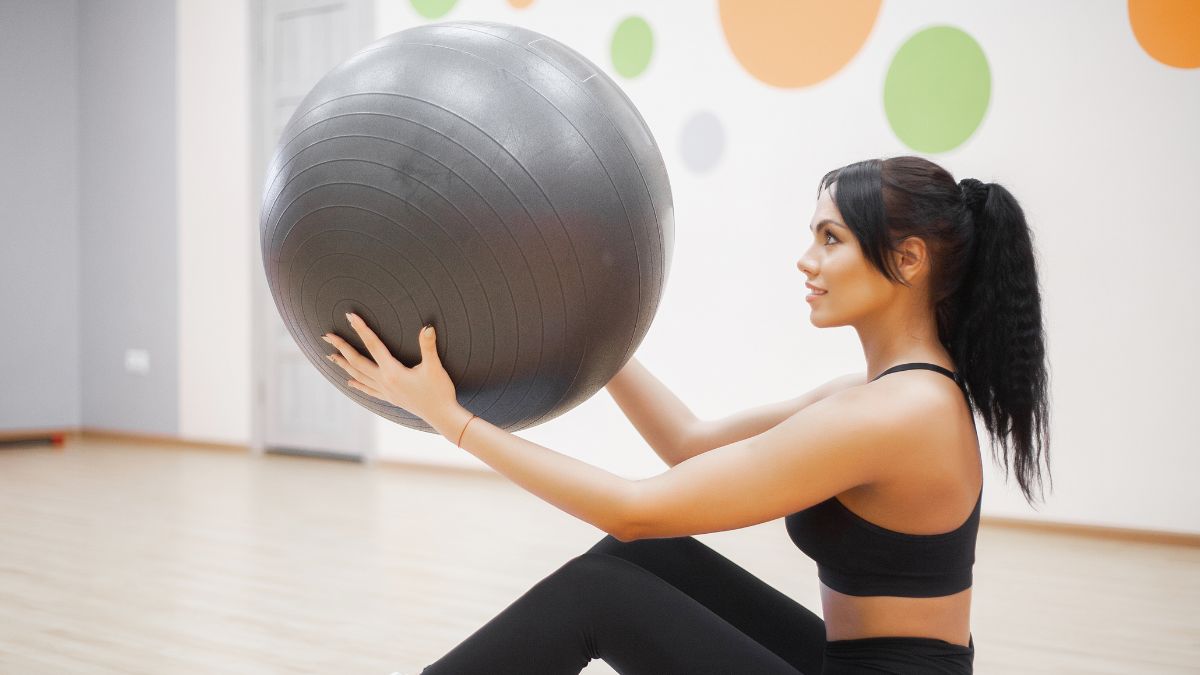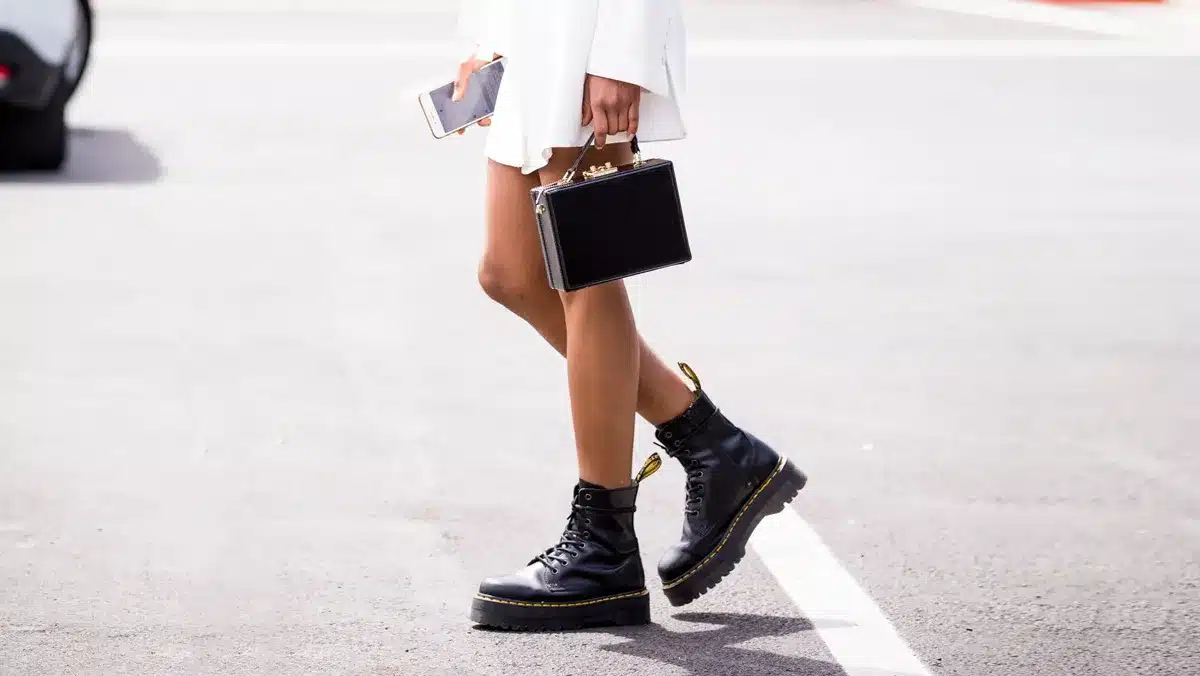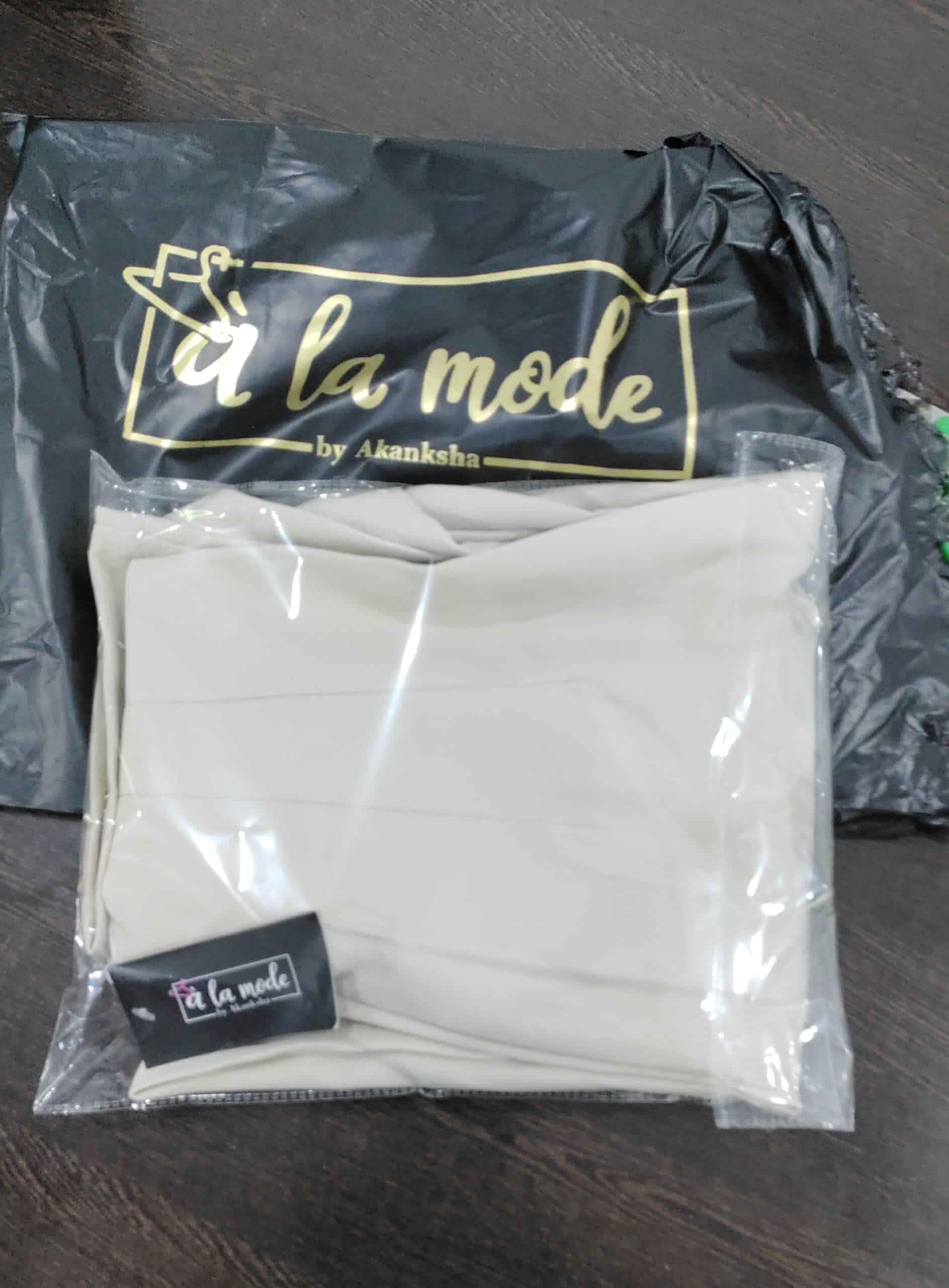
How to Pick the Right Exercise Ball
If you’re looking to improve your fitness level or simply want to add a new piece of equipment to your home gym, an exercise ball is a great option. But with so many sizes and styles to choose from, how do you know which one is right for you?
In this article, we’ll break down the different types of exercise balls and help you choose the perfect one for your needs.
Table of Contents
What is an Exercise Ball?
An exercise ball, also commonly referred to as a stability ball, is a large, inflatable ball that is often used in physical therapy or fitness routines. They come in a variety of sizes, and the size you need will depend on your height. You can find exercise balls at most sporting goods stores.
So, how do you pick the right exercise ball for you? If you are taller than 6 feet, you will need a larger ball. If you are under 6 feet, you will need a smaller ball. It is also important to consider your weight when choosing an exercise ball. If you are overweight, you may need a larger ball to support your weight. Conversely, if you are underweight, you may need a smaller ball so that it is not too difficult to move around.
Once you have considered your height and weight, it is time to decide what material you want your exercise ball to be made of. Most balls are made of either PVC or rubber. Rubber balls are usually more durable and can be used both indoors and outdoors. PVC balls are typically less expensive but are not as durable and should only be used indoors.
Now that you know what to look for in an exercise ball, it is
Different Sizes of Exercise Balls
If you’re looking to add an exercise ball to your workout routine, you may be wondering which size is right for you. Here’s a quick guide to help you choose the right-sized ball for your needs.
-For general fitness and toning, a 55cm ball is a good choice.
-For people who are taller or have longer legs, a 65cm ball may be a better option.
-Pregnant women or those with back problems may benefit from using a 75cm ball.
-If you want to use the ball for yoga or Pilates, a smaller 45cm ball may be more appropriate.
Whichever size you choose, make sure you buy an exercise ball that is made from quality materials and is designed to hold up to your weight.
What is the Right Size for You?
When it comes to choosing the right size for your exercise ball, it is essential to consider both your height and weight. If you are taller than average, you will want to choose a larger ball. If you are heavier than average, you will want to select a smaller ball.
The general rule of thumb is that the ball should be able to support your entire body weight. This means that if you weigh 150 pounds, you will want a ball that can hold at least that much weight.
To test if the ball is the right size for you, sit on the ball and see if your feet are flat on the ground. If they are, then the ball is the right size. If they are not, then the ball is too big or too small.
Another way to test the size of the ball is to lie down on your back with the ball between your legs. If you can hold the ball in place without it moving, then it is the right size. If the ball moves around or feels uncomfortable, then it is too big or too small.
Once you have found the right size for you, make sure to inflate or deflate the ball as needed so that it is at the
What Type of Exercise Ball is Right for You?
When it comes to picking the right exercise ball, there are a few things you need to take into account. First, consider what type of exercises you’ll be using the ball for. If you’re looking for an all-purpose ball that can be used for a variety of exercises, a standard fitness ball is a good choice. These balls are usually made of latex or PVC and come in a variety of sizes.
If you’re looking for a ball that’s specifically designed for yoga or Pilates, an inflatable ball is a good option. These balls are often made of softer materials, such as vinyl or polyester, which makes them more comfortable to use during stretching or balancing exercises.
Once you’ve decided on the material and size of the ball, make sure to test it out before you buy it. Sit on the ball and see how it feels against your back. If it feels too hard or too soft, keep shopping until you find one that’s just right.
How to Inflate Your Exercise Ball
If you’re like most people, you probably don’t think about how to inflate your exercise ball until you need to use it. Then, it’s a mad scramble to find the right pump and get the ball inflated as quickly as possible. But inflating your exercise ball doesn’t have to be a stressful experience. With a little bit of preparation, you can easily and efficiently get your ball up to the proper inflation level.
Here are a few tips for inflating your exercise ball:
1. Make sure you have the right pump. An air compressor will work in a pinch, but for best results, use an exercise ball pump that is specifically designed for inflating balls. These pumps are usually small and handheld, making them easy to store and transport.
2. Read the instructions that came with your exercise ball. This may seem common sense, but you’d be surprised how many people don’t bother to do this simple step. Knowing how much air to put in your ball will save you a lot of time and hassle down the line.
3. Inflate your exercise ball slowly and evenly. If you try to inflate the ball too quickly, it could burst or become a mishap.
After reading this article, you have a better understanding of what factors to consider while purchasing an exercise ball, as well as which ball is best suited for your specific needs. So go ahead and start using exercise balls in your workouts today!















